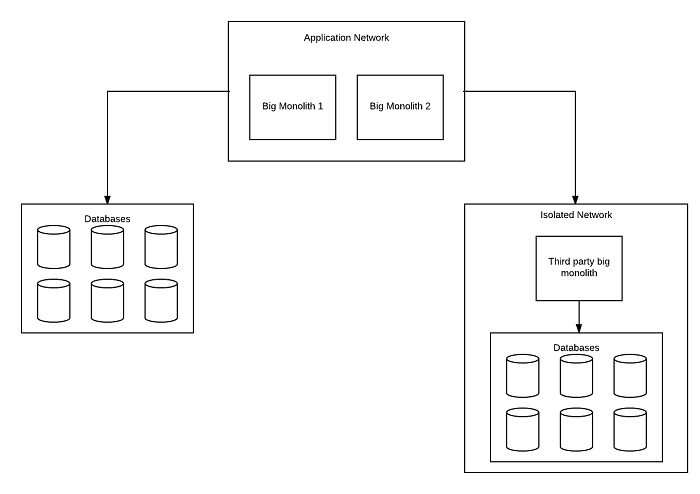Shreds.AI, an AI capable of generating complex, business-grade software from simple descriptions in record time, today announced its formal beta launch. Shreds.AI slashes the time to market for software, along with team sizes and costs, by over 80% compared to traditional software development methods. It also solves the software obsolescence problem, increases software lifespan by more than 60% with automatic maintenance and makes it easy to switch software technology, for example, from PHP to Java, from C++ to JavaScript, etc.
Cloudera and NVIDIA Collaborate to Expand Generative AI Capabilities with NVIDIA Microservices
Cloudera, the data company for trusted enterprise AI, today announced its expanded collaboration with NVIDIA. Cloudera Powered by NVIDIA will integrate enterprise-grade NVIDIA NIM microservices, part of the NVIDIA AI Enterprise software platform, into Cloudera Machine Learning, a Cloudera Data Platform service for AI/ML workflows, to deliver fast, secure, and simplified end-to-end generative AI workflows in production.
Reality Bites: 3 Misconceptions that Can Lead to Microservice Mayhem
In this contributed article, Eric D. Schabell, Global Technology Evangelist and Portfolio Architect Director at Red Hat, discusses how microservices are core to organizations’ flexibility and agility in the digital world. But that doesn’t mean that microservices are right for every use case or even for every organization—at least, not right now.
Lucidworks Fusion 5.0 Features Data Science Toolkit Integration and Microservices Architecture Orchestrated by Kubernetes
Lucidworks, a leader in AI-powered search, announced the release of Fusion 5.0, the latest version of the company’s flagship product. Lucidworks Fusion 5.0 lets customers rapidly develop and deploy AI-powered search and data discovery applications in a modern, Kubernetes-based containerized architecture. This update includes features that simplify implementation for data science teams and developers to create both a more personalized experience for digital commerce customers and also improve employee productivity and engagement in the digital workplace.
Can Microservices Revolutionize Data Management in the Enterprise?
In this contributed article, Mike Duensing, Chief Technology Officer and Executive Vice President of Engineering at Skuid, explains why why enterprises may want to move to a microservice architecture to ensure they are effectively managing data employing features of AI and machine learning.
How We Implemented (and Secured) a Big Data Microservices Infrastructure
In this contributed article, Tobias Gurtzick, Security Architect, and Dr. Sayf Al-Sefou, CTO at Arvato Infoscore, discuss the pretty lofty big data challenge stemming from their company’s monolothic architecture, and how they got through it (with particularly data sensitivity being in the financial services space and thus subject to tighter regulations).








